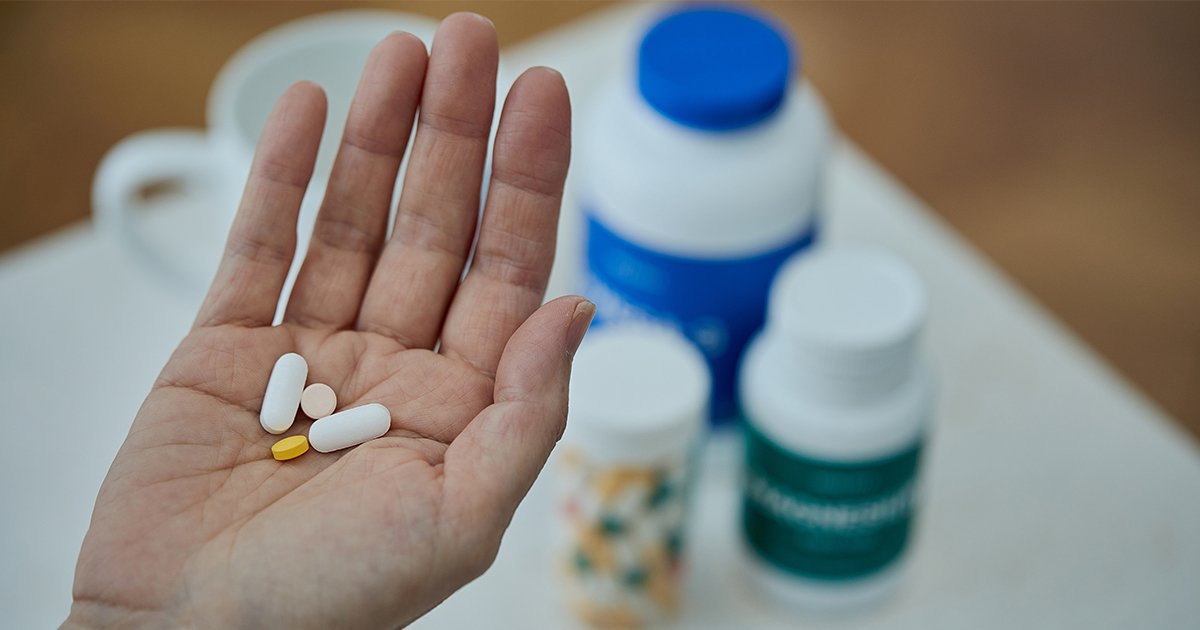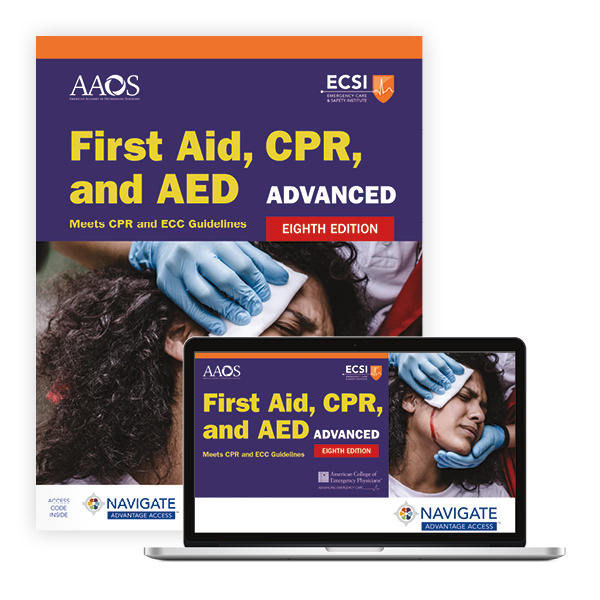Teaching Your Students to Recognize and Respond to Fentanyl Overdoses

I've shared with my EMS students that my years working the streets of NYC in the late 1970s provided a wealth of stories. My views on violence, drugs, homelessness, and interactions with medical and emergency personnel were shaped during my time as a medic at Bellevue. Over the past five decades, alongside dedicated partners, I've helped assess, treat, and transport hundreds of patients with suspected overdoses, often playing a crucial role in their fight against addiction. While the impact on families and friends seemed significant, it's only in hindsight that the full extent becomes clear.
About 30 years ago, I first met a young girl who was helping as a "victim" at an EMT practical at the college. She was a pretty, smart 14-year-old blonde who resembled a young version of her mother, who was one of our best part-time faculty members.
Within a few months, her mother and I, who had many common interests, grew closer and we got engaged. It was the second marriage for both of us so we skipped the big church wedding and opted to get married at the start of the Marine Corps Marathon and then run the race together.
My stepdaughter faced challenges, but everyone has their struggles. Over 25 years, she experienced ups and downs, including truancy, dropping out of school, substance abuse, mental health issues, and legal troubles. Despite these difficulties, she loved her three children deeply. When social services intervened, we took in the kids, providing stability and support. My wife offered emotional guidance, while I focused on financial stability and maintaining a loving environment for all, including my daughters from a previous marriage.
Addiction often brings hope followed by setbacks, and her journey was no exception. During the pandemic, she seemed to be improving, living with a boyfriend. Tragically, she passed away alone in her apartment after taking a pill laced with fentanyl. We believe she was unaware of its contents. Her life was challenging, and we hope she has found peace.
Please don’t ever forget that addiction’s collateral damage is complex and difficult on the entire family and friends.
DEA Data on Fentanyl
According to the Drug Enforcement Administration (DEA)
In 2024 DEA seized more than 60 million Fentanyl-laced pills and nearly 8,000 pounds of Fentanyl powder. That’s more than 380 million lethal doses considering 2 mg of Fentanyl equates to a potentially deadly dose.
In 2025 (as of August 8) - 29,700,000+ pills seized and 5,637+ pounds of powder seized.
5 out of every 10 pills with Fentanyl contain a potentially lethal dose.
Fake pills have been seized in all 50 states and the District of Columbia.
Fentanyl is also made in a rainbow of colors so it looks like candy.
U.S. drug overdoses deaths involving opioids decreased from 83,140 in 2023 to 54,743 in 2024 but the OD deaths from carfentanil, fentanyl analog which is 100 times stronger, increased sevenfold during the same timeframe.
SUDORS: Useful Data
There is a potentially very useful website, provided all state provide timely and accurate data input, called the State Unintentional Drug Overdose Reporting System (SUDORS). The data comes from death certificates, coroner/medical examiner reports (including scene evidence, witness reports, and autopsy reports), and postmortem toxicology reports. The goal of SUDORS is to inform overdose prevention and response efforts by:
Providing a better understanding of the circumstances that surround OD deaths.
Identifying specific substances causing or contributing to OD deaths, as well as emerging and polysubstance OD trends.
Improving fatal OD data timeliness and accuracy.
Fentanyl and its Management in the Field
First developed in 1959 and introduced in 1960, as an IV anesthetic, Fentanyl is a potent synthetic opioid drug. It is approved by the FDA for use as an analgesic and anesthetic. It is 100 times more potent than morphine and 50 time more potent than heroin. Clandestinely produced fentanyl is sold as either powder or in fake pills and sold alone or in combination with other drugs such as heroin or cocaine.
When abused it can be injected, snorted/sniffed, smoked, taken orally by pill or tablet, and spiked onto blotter paper.
Fentanyl produces effects such as relaxation, euphoria, pain relief, sedation, confusion, drowsiness, dizziness, nausea, vomiting, urinary retention, pupillary constriction, and respiratory depression.
An overdose of Fentanyl results in altered mental status (ie: coma), pinpoint pupils, cold and clammy skin, cyanosis, and respiratory failure leading to death.
How to Treat a Suspected Fentanyl Overdose
Nearly 80,000 (or about 76%) of the 105,007 drug overdose deaths in 2023 involved an opioid. CDC data show a potential bystander was present in nearly 43% of overdose deaths in 2023. With the right tools, bystanders can act to prevent overdose deaths. Anyone can carry naloxone, including first responders. It may be hard to tell whether a person is high or experiencing an overdose. If you aren’t sure, treat it like an overdose – you could save a life. If you suspect the patient is experiencing an overdose take the following steps:
Administer naloxone* (if available) and call 911.**
Try to keep the person awake and breathing. (if not breathing ***)
Lay the person on their side to prevent choking.
Stay with the person until emergency assistance arrives.
*Naloxone is available in all 50 states and over the counter - you don't need a prescription.
** Most states have laws that may protect a person who is overdosing or the person who called for help from criminal penalties.
*** If CPR trained follow your training.
You might ask… Will I need a second dose? The answer is you might. Naloxone is a fast-acting drug that can reverse opioid overdose and restore normal breathing within 2-3 minutes. Start by administering one dose of naloxone and wait 2-3 minutes to see if normal breathing returns before giving a second dose. Giving more than one dose of naloxone may not be necessary. However, the effect of the Naloxone could wear off before the opioid has worn off so continue to monitor the patient as you wait for EMS to arrive.
Although the Fentanyl deaths are beginning to drop, Carfentanil has emerged again in the U.S. drug supply and is contributing to a significant number of deaths. Carfentanil, a fentanyl analog, is a synthetic opioid originally developed for veterinary use, to tranquilize large animals such as elephants. It is extraordinarily potent and not approved for human use. In fact, it is estimated to be 10,000 times more potent than morphine and 100 times stronger than fentanyl.
Because of its strength, a nearly microscopic amount of carfentanil can induce a powerful, and often deadly, effect in humans.
An Epidemic of Fake Pills
The source precursor chemicals are from China. They make their way to Mexico where fentanyl is manufactured into powder and pills at clandestine labs by the criminal drug cartels. The fentanyl is then smuggled into the U.S. by land, sea, air, and underground tunnels. Then the fentanyl gets distributed through local criminal groups and individuals on the streets of most communities throughout the USA. Many drug traffickers use social media to advertise drugs and conduct sales. Therefore, no pills purchased on social media should be considered safe.
The DEA has a campaign called One Pill Can Kill. There are educational materials for advocates on their website. They suggest that first responders, parents, teachers, student leaders, and influencers utilize the materials to step up and speak out on the dangers of illicit drugs, fake-pills and the deadly Fentanyl crisis. They suggest you educate to inspire action and help save lives!
Only safe medications are the ones that come from licensed and accredited medical professionals. Fake pills are made to look like oxycodone (Oxycontin®, Percocet®, Hydrocodone, Vicodin®) and alprazolam (Xanax®) or stimulants like amphetamines (Adderall®). The DEA suggest the public beware illegal online pharmacy “Red Flags” such as:
Selling without requiring valid prescription from healthcare provider.
Offer much cheaper prices than what is typically seen in the market.
List prices in foreign currency.
Does not contain proof of a valid pharmacy state license or DEA registration.
Medicine arrives in broken or damaged packaging or in a foreign language.
Medicine does not have an expiration date or is expired.
Medicine looks different from what you have received in the past from your trusted pharmacist.
HALT Fentanyl Act
In July of 2025 the Halt All Lethal Trafficking (HALT) of Fentanyl Act was signed into law. This will amend the Controlled Substances Act of 1970 to permanently classify illicit fentanyl knockoffs (known as fentanyl-related substances) as Schedule I. It also protects patient’s access to legitimate FDA-Approved Fentanyl as a Schedule II for legitimate, physician-directed pain management.
In Summary
People who use drugs need medical help.
Cracking down on internet drug sales is an ongoing effort.
Discuss with your friends and family the dangers of purchasing pills off the internet or from that guy down the street. Remember, it may only take one pill laced with fentanyl to end a life.
If not yet trained to use naloxone, get the training and add it to your first aid kit.
Remember, fentanyl does not discriminate. It is in cities, communities, neighborhoods, and schools all across the U.S.A.
As always, stay safe and be careful out there!
References
CDC site
DEA site
SUDORS site
About the author:
Bob Elling, MPA, Paramedic (retired) – has been a career paramedic, educator, author, and EMS advocate for 5 decades. He was a paramedic with the Town of Colonie EMS Department, Albany Times Union Center, and Whiteface Mountain Medical Services. He was also an Albany Medical Center Clinical Instructor at the HVCC Paramedic Program. Bob served as AHA National/Regional Faculty and participated in many successful life-saving legislative campaigns with the You’re the Cure Network. He also served as paramedic and lieutenant for New York City EMS, a paramedic program director, and associate director of New York State EMS Bureau. He has authored hundreds of articles, videos, Blogs, and textbooks to prepare EMS providers for their career. Bob is the ECSI Medical Editor for the CPR and First Aid Series, Co-Author of EVOS-2, and Co-Lead Editor of Nancy Caroline’s Emergency Care in the Streets.
Advanced First Aid, CPR, and AED, Eighth Edition
This useful manual is ideal for use within college-level courses designed to train individuals in first aid, CPR, and AED. The text features current content on topics from CPR skills to opioid emergencies to COVID considerations and precautions.
Request More Information